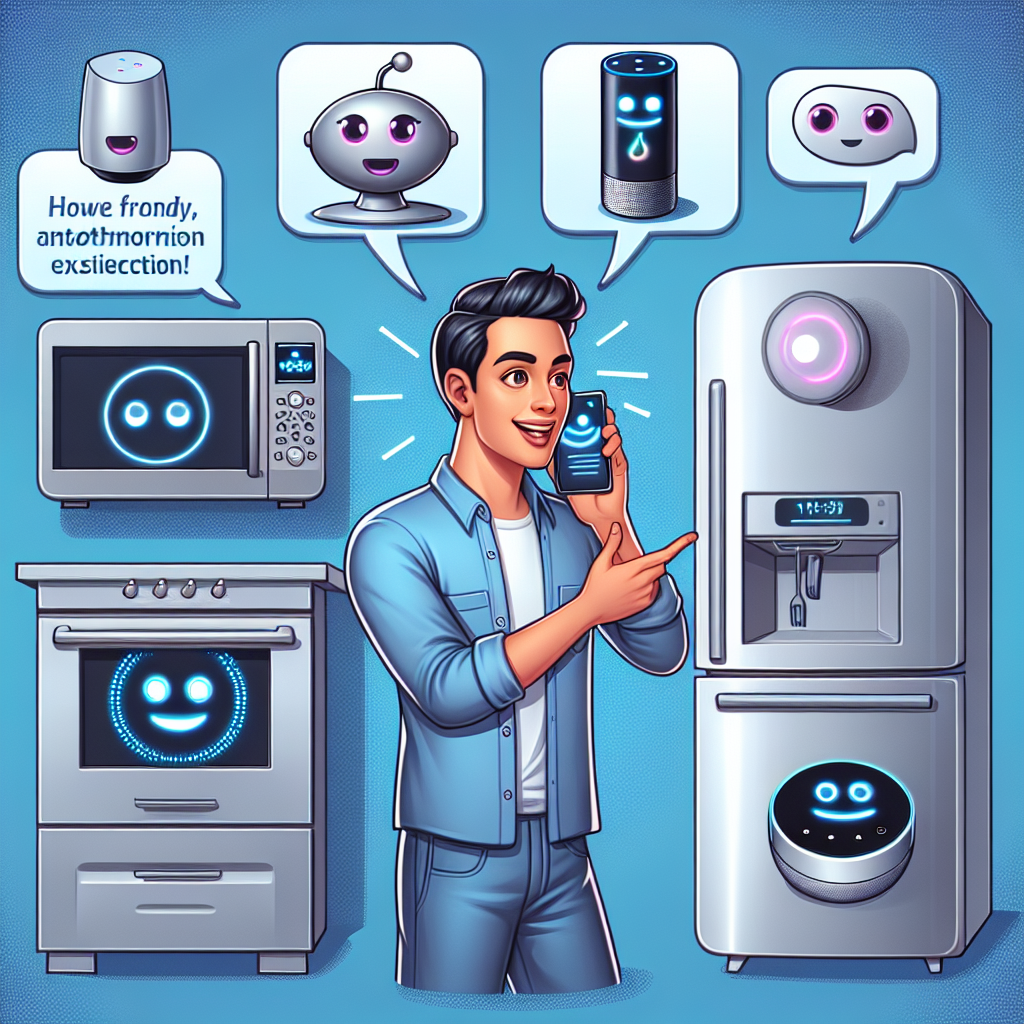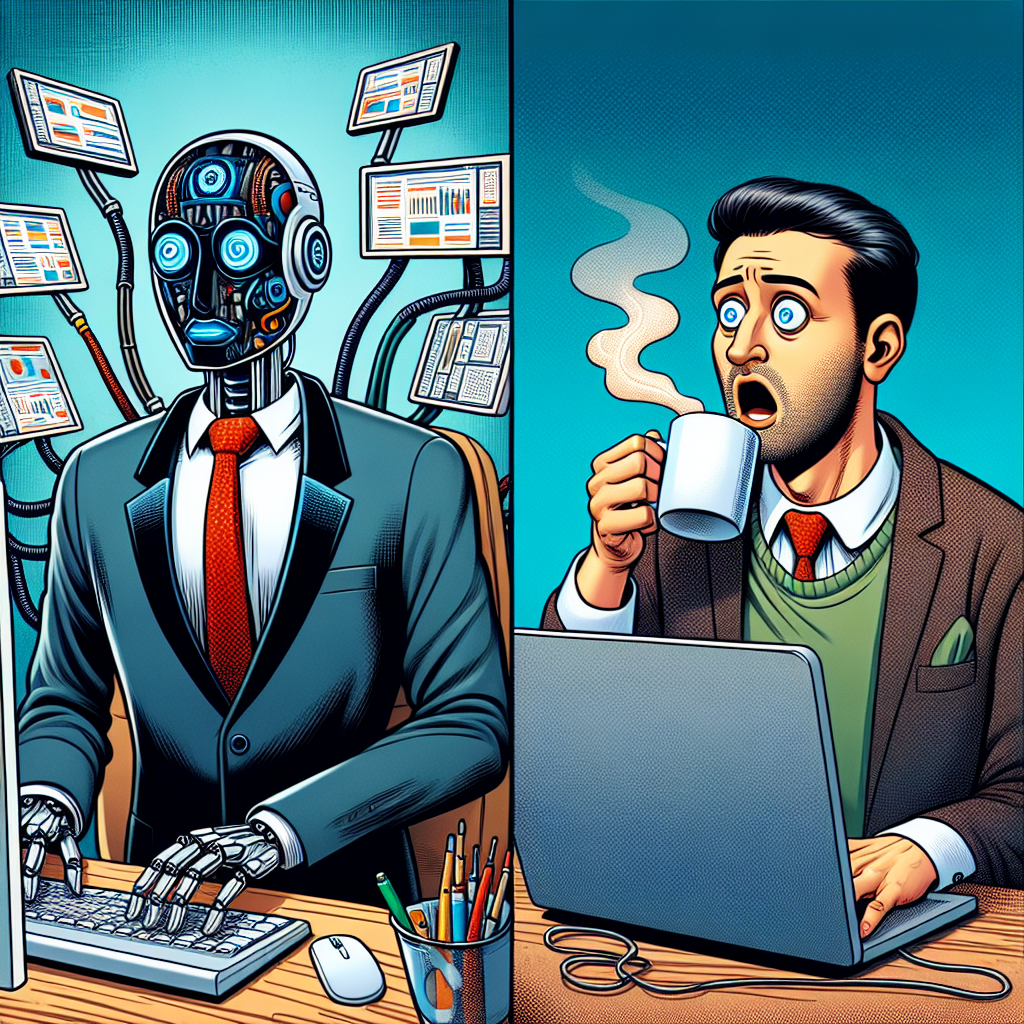Have you ever wished for a personal assistant who could handle your mundane tasks while you focus on the work that truly matters? Not too long ago, this would have required hiring someone or learning complex programming. Today, thanks to remarkable advances in AI technology, your digital dream team is within reach—no coding required.
The Rise of AI Digital Workers
AI Digital Workers represent a revolutionary shift in how we approach productivity and task management. These aren’t just simple chatbots or rigid automation tools; they’re sophisticated virtual assistants capable of performing tasks that traditionally required human intervention.
The technology behind these AI assistants has evolved dramatically in recent years. What once demanded extensive programming knowledge and technical expertise has transformed into accessible tools that anyone can use. Modern AI SaaS Creation Platforms have democratized access to powerful automation capabilities, putting the power of AI in everyone’s hands.
“The most significant technological shift we’re seeing is not just in what AI can do, but in who can create and deploy it,” notes a recent industry report. “The barriers to entry have fallen dramatically, allowing non-technical users to harness sophisticated AI capabilities.”
These digital workers can handle an impressive range of tasks—scheduling meetings, researching topics, drafting emails, managing social media, analyzing data, and even making recommendations based on your preferences and past behavior. As the technology continues to advance, the line between human and AI capabilities becomes increasingly blurred in many routine task domains.
The breakthrough here isn’t just in the technology itself but in its accessibility. You no longer need to understand machine learning algorithms or natural language processing to create powerful AI tools. The interface has become intuitive, allowing you to design your digital workforce based on your specific needs and preferences.
Democratizing AI Creation with Low-Code Platforms
AI SaaS Creation Platforms are changing the game by providing user-friendly interfaces where you can build sophisticated AI applications without writing code. These low-code platforms use visual interfaces, drag-and-drop components, and pre-built templates to make creation intuitive.
For entrepreneurs and small businesses, this technological democratization is nothing short of revolutionary. Previously, implementing AI solutions required either significant financial investment in development teams or extensive technical training. Now, a solo entrepreneur can build customized AI digital workers to handle customer service, content creation, data analysis, and more—all without writing a single line of code.
“Our business completely transformed when we implemented customizable AI digital workers for our customer support,” shares Maria, owner of a small e-commerce business. “We created specific workflows for common customer questions and complaints, and the AI handles about 80% of inquiries now. It was surprisingly easy to set up—if you can use social media, you can build these AI assistants.”
The low-code approach offers several critical advantages:
- Speed to implementation: Solutions can be built in days or hours rather than months
- Cost efficiency: Dramatically reduced development costs compared to custom coding
- Flexibility: Easy modification as needs change
- Accessibility: Technical barriers removed, allowing anyone to innovate
These platforms typically come with pre-built components designed for specific business functions—customer service, sales, marketing, operations—that you can customize to your unique requirements. Many include templates based on industry best practices, giving you a head start on creating effective workflows.
The user-friendly nature of these platforms means that the people who understand the business problems best—often non-technical staff—can directly participate in creating solutions. This bridges the traditional gap between business needs and technical implementation.
Enhancing Team Productivity with Intelligent Collaboration
Beyond individual task automation, AI digital workers excel at facilitating intelligent collaboration across teams. By integrating with existing tools and workflows, these assistants can serve as the connective tissue between different systems and team members.
Workflow automation through AI takes collaboration to new heights. Consider these practical applications:
- Meeting enhancement: AI assistants can prepare agendas, take notes, transcribe discussions, and automatically assign action items
- Knowledge management: Finding and surfacing relevant information across disparate systems when needed
- Project coordination: Tracking deadlines, sending reminders, and alerting team members about potential bottlenecks
- Cross-functional communication: Translating specialized jargon and ensuring clear information sharing across departments
The real power comes when these capabilities work together in an integrated workflow. For example, an AI assistant could join a sales call, analyze the conversation in real-time, update the CRM with new information, schedule follow-up tasks, and prepare a draft proposal—all while the human sales representative focuses on building the relationship.
Research indicates that teams using intelligent collaboration tools report up to 25% increased productivity, primarily by eliminating low-value administrative tasks. More importantly, team members report higher job satisfaction when freed from repetitive work. According to McKinsey’s AI workplace report for 2025, organizations that effectively deploy AI see significant productivity gains while maintaining employee wellbeing.
“The most valuable aspect isn’t just the time saved,” explains Tom, a product manager at a software company. “It’s that our teams now spend almost all their time on creative and strategic work—the things humans do best. The AI handles the mundane tasks that used to consume hours of our day.”
By automating workflows intelligently, these tools don’t just make existing processes faster—they fundamentally transform how teams collaborate, focusing human energy on high-value activities that require creativity, emotional intelligence, and strategic thinking.
Personal Use AI Products: Your Digital Life Assistant
While business applications get much attention, some of the most exciting developments are happening in personal use AI products. These digital assistants can transform how individuals manage their daily lives, from finances to health, entertainment to education.
Imagine having a personal AI assistant that:
- Plans your meals based on dietary preferences, what’s in your pantry, and your schedule
- Manages your personal finances, suggesting budget adjustments and finding savings opportunities
- Creates personalized learning paths for new skills you want to develop
- Curates entertainment options based on your tastes and available time
- Helps maintain your social connections by suggesting when to reach out to friends and family
Using today’s user-friendly AI tools, these scenarios aren’t future possibilities—they’re current realities that anyone can implement. Personal finance apps with AI components, for instance, can analyze spending patterns and provide tailored advice far more effectively than static budgeting tools.
The marketplace aspect of AI SaaS platforms adds another dimension to personal use. Users who create effective AI solutions can share or sell them to others with similar needs. This creates a virtuous cycle of innovation, with useful applications spreading organically.
“I built an AI assistant to help manage my ADHD,” shares Alex, a graphic designer. “It helps me stay on track with gentle reminders and breaks down tasks in ways that work with my brain. When I shared it on an AI marketplace, thousands of people started using it. Now it generates passive income while helping others with similar challenges.”
This sharing economy for AI solutions accelerates innovation by allowing successful ideas to spread quickly. The best solutions gain popularity, get refined through user feedback, and evolve to meet more specific needs—all without traditional software development cycles.
The Changing Landscape of Work and Innovation
As AI digital workers become more capable and accessible, they inevitably raise questions about the future of human work. While concerns about job displacement are valid, historical patterns suggest that technological revolutions typically create more opportunities than they eliminate.
The key difference with AI is that it primarily replaces tasks rather than entire jobs. Most roles include a mix of repetitive, rule-based work and activities requiring human judgment, creativity, and emotional intelligence. AI excels at the former while struggling with the latter.
This creates an opportunity for work enhancement rather than replacement. When AI handles routine aspects of a job, humans can focus on higher-value contributions. For instance, when an AI assistant handles data entry, report generation, and basic correspondence, a human analyst can spend more time developing insights and strategies. PwC’s AI and productivity report confirms this shift toward AI augmentation rather than replacement of human workers.
New roles are already emerging:
- AI trainers who help digital workers learn and improve
- Workflow designers who create effective human-AI collaborations
- AI ethics specialists who ensure appropriate and beneficial implementation
- AI-human interface experts who optimize how people and AI work together
The democratization of AI creation through low-code platforms means that these opportunities aren’t limited to technical specialists. Anyone with domain expertise and creativity can become an AI innovator.
“What we’re seeing isn’t just a technological revolution but a democratization of who gets to participate in creating the future,” notes a leading AI ethicist. “When the tools of innovation are accessible to everyone, we unlock human potential in entirely new ways.”
This vision aligns perfectly with Zygote.AI’s philosophy that everyone should be able to create useful AI applications regardless of technical background. By making AI accessible through user-friendly platforms, we’re empowering people to solve problems, enhance productivity, and innovate in ways previously unimaginable.
The future of work isn’t about humans versus AI but humans with AI—collaborative partnerships that leverage the unique strengths of each. Customizable AI digital workers, built on accessible platforms without coding, are the bridge to this future.
As we look ahead, the question isn’t whether AI will transform work and daily life—it’s who will participate in creating that transformation. With today’s accessible AI SaaS creation platforms, the answer can be: everyone.
The dream of having your own personal AI assistant is no longer science fiction. It’s a practical reality you can implement today—no coding required. The tools are waiting. What will you create?









